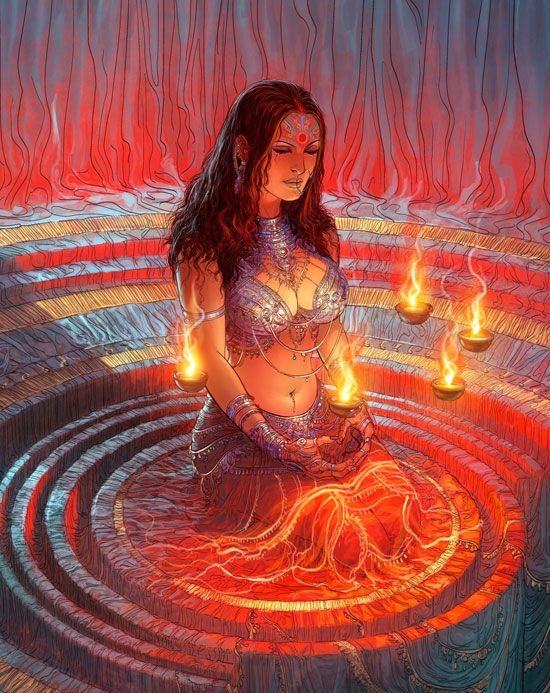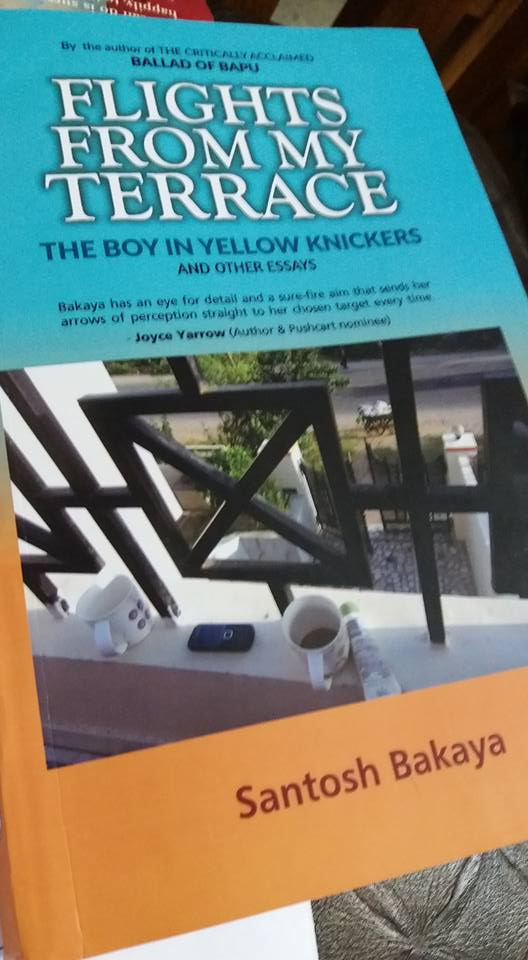Back after a long time to the WordPress blogosphere, with a fresh new update for you all. Do you believe all ghost stories essentially need to have blood-dripping venomous vampires, blood-curdling ghostly shrieks and the deadliest of ghostly fangs? Do you also believe that some ghost stories can be emotionally gripping as well, to keep us at the edge of our seats while reading them? With this mission, me, along with my co-editor Dr. Santosh Bakaya, a prolific author and poet from India have come up with ‘Darkness There But Something More’, an anthology of 30 haunting, emotionally dense tales comprising of other-worldly beings, written by some very talented, seasoned as well as young authors dispersed all over the globe.
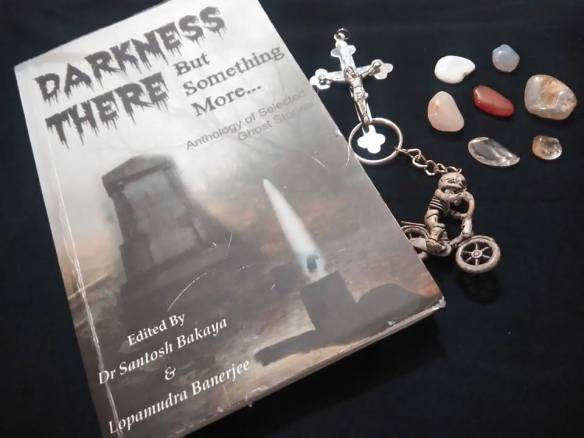
The blurb of the book in Amazon touches upon the essence of the stories in a succinct way.
“Who has not been intrigued and enthralled by the spirit world, ghosts, other-worldly beings, or in other words, the paranormal? Ambiguous presences around us, whether in the form of orally narrated stories by our grandparents, or in the form of haunting, riveting supernatural stories in books and movies have held us in their spell, engaging, alluring us even to this date.
In fact, the prominence of paranormal investigators, ghostbusters and others documenting the other-worldly in today’s age overpowered by science and technology only points to the fact that we crave to push our boundaries as rational beings and delve into the phenomena which we cannot define or explain tangibly.
This anthology of 30 selected ghost stories by authors dispersed all over the globe celebrates the spine-chilling thrills and sense of awe and bewilderment of this very inexplicable world inhabited by the other-worldly beings. Come, experience the cataclysmic, weird, and at times, benevolent spirit world and you will never have a dull moment in this roller-coaster ride!”
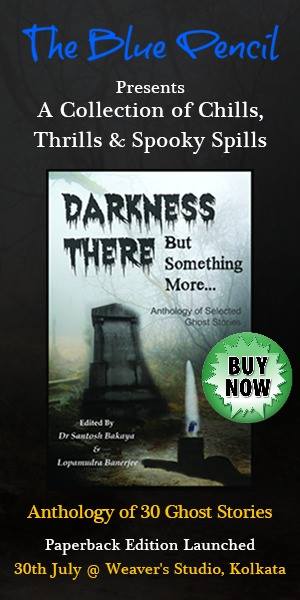
In the editor’s note, Dr. Santosh Bakaya writes:
“Some of us are wary of ghost stories, some are skeptical, scoffing at the very idea, and some prefer to ignore the topic with a supposedly wise shake of the head. Whether ghosts exist or don‘t, whether these spectral illusions are the result of an overworked imagination, whether they reflect our subconscious, the fact is, everyone likes a ghost story. It has never failed to enchant us with its eerie gothic ambience, of hooting owls, of bats hanging from cobwebbed ceilings, of terrifying screams, goose bumps, poltergeist activities, and also vulpine jackals howling, with their snouts raised to the moon! My mind is brimming with those horror stories of childhood, which have left an indelible impression.”
To which, I add, in my turn:
“The paranormal, ghostly, eerie world of spirits, witches, demons and other corporeal beings have been endearing, timeless entities in literature, films and other mediums of human communication ever since one can remember. As for myself, my early memories of encountering ghostly beings have been in the tales of the Arabian Nights, as I clearly remember the jinns and monsters, the impervious souls being invoked, or even coming out of bottles, casting magic spells, granting wishes, while even the seemingly benign narratives would be shaken and stirred by the thunderous gust of their sheer presence. The wondrous supernatural phenomena in Sinbad‘s tales that I read in school still lure me as magical memories with their gripping images; his fantastical adventures of encountering the monsters and other supernatural beings had me under their spell for quite a long time, when an indescribable chill ran down my spine, reading of the giants, monsters and the stories of entrapment during his vicarious voyages.
In my college years, my tryst with Victorian literature was embedded with the first memories of the spine-chilling image of Catherine‘s unquenched spirit roaming within the precincts of Wuthering Heights, the paranormal figure with icy hands that haunted her sadist lover Heathcliff. In fact, Heathcliff was steeped in her ghostly essence, and said: ―I know that ghosts have wandered the earth. Be with me always—take any form—drive me mad.”
The cumulative passion of Dr. Santosh Bakaya to attempt to unravel this ambiguous terrain of the human experience has resulted in this anthology of fiction.
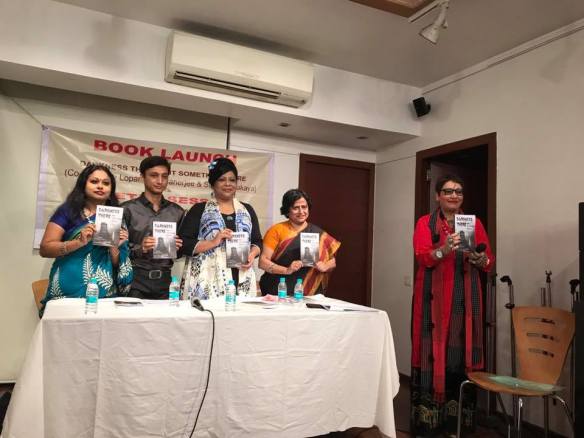
Do check it in Amazon Kindle:
Amazon India (paperback):
Amazon India (Kindle):
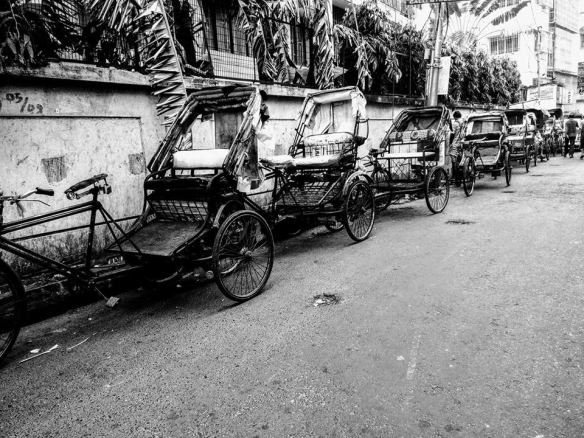

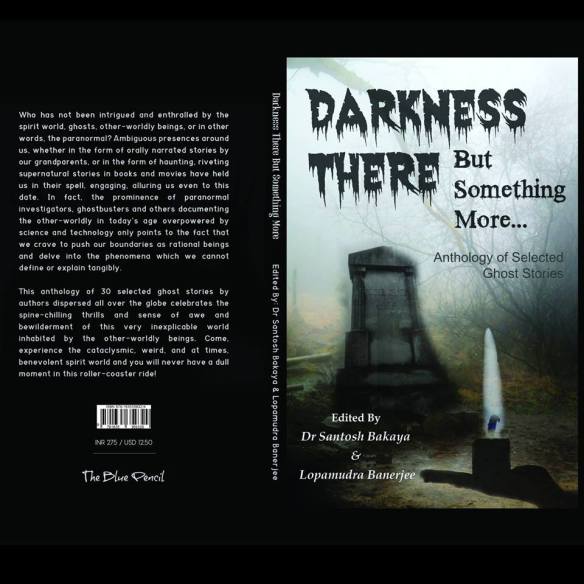
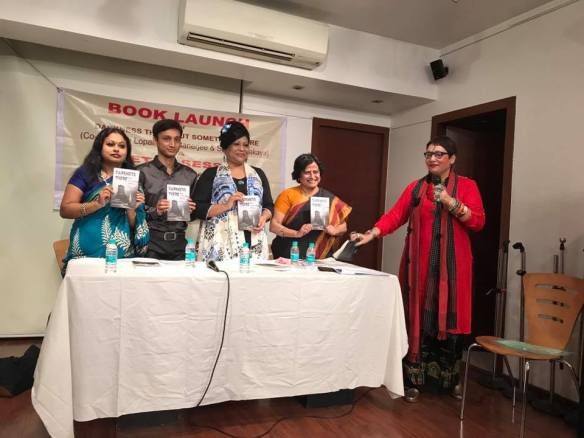

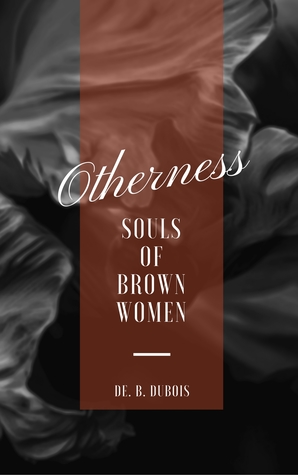







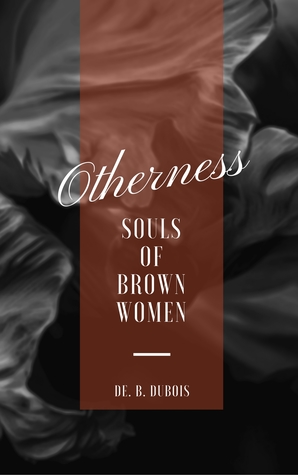



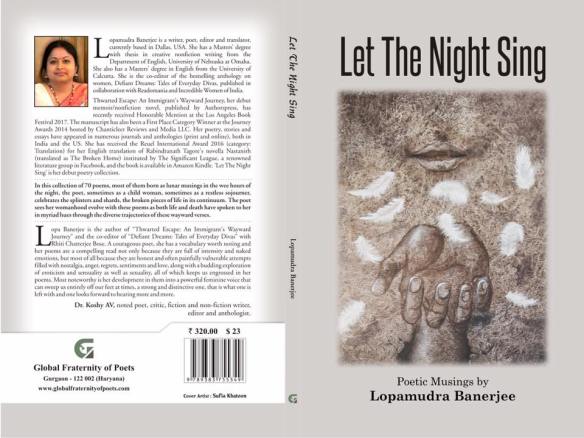

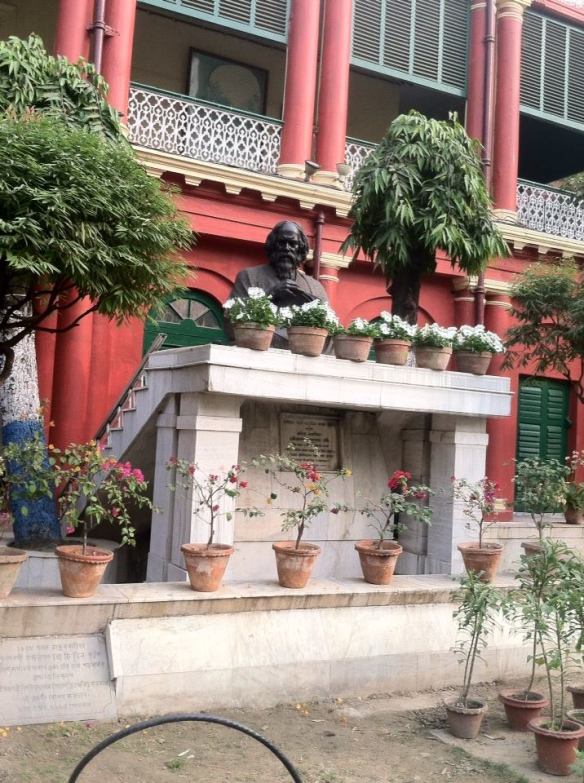 .
.